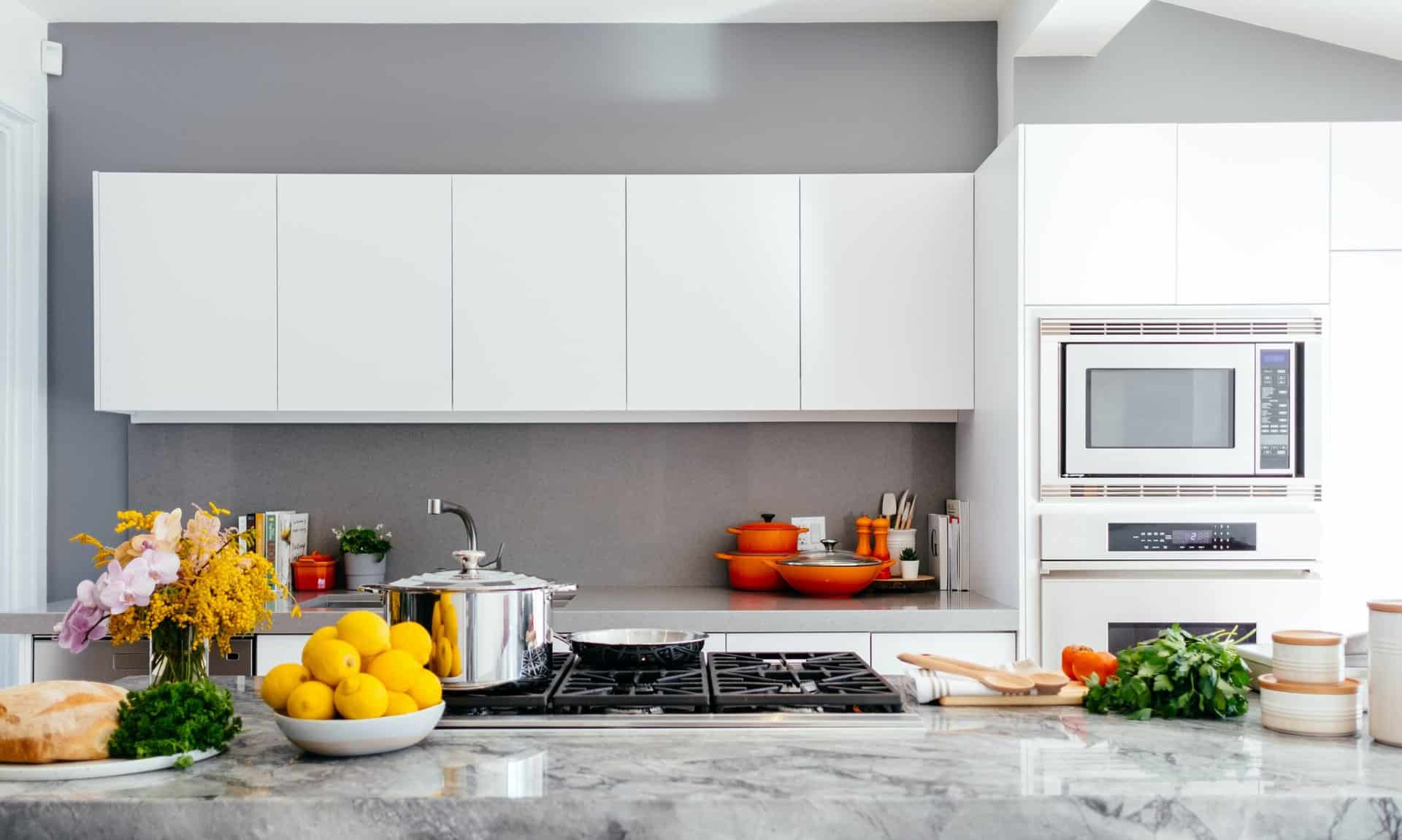A patient’s anxiety when it comes to nutrition is real and often debilitating. Anxiety presents as an irrational mind in a state of terror, which is then inadvertently misdirected towards the consumption and retention of nutrition. This maladaptive behavior destabilizes nutrition consumption, and, in turn, facilitates physical malnutrition. Taken together, this is known as an eating disorder.
The multidisciplinary treatment team at Hidden River has developed, as an enhancement to the nutrition education and consumption program, an advanced culinary skills training program that was designed using principles from Exposure Response Prevention therapy. By implementing culinary skills training with the use of exposure response prevention protocols, patients can effectively reduce fear from their perceptual equation.
A narrative review conducted in 2018 showed that culinary skills programs improved young people’s healthy eating behaviors1, which shows the efficacy of this type of program. This is particularly impactful when combined with Exposure Response Prevention. One study determined that, because of the overlap in symptoms between anorexia nervosa and anxiety, Exposure Response Prevention was a suitable intervention to prevent relapse into eating disorders2.
Our culinary skills training program originates with the use of several assessment quizzes to reveal a patient’s knowledge of meal preparation and the kitchen environment. These quizzes consider the patient’s incoming understanding and use of menu planning, grocery shopping, kitchen appliances and utensils, the kitchen’s organization, safe food storage, effective cleaning techniques, meal preparations, and much more.
After the quizzes, Registered Dietitians design a patient-specific intervention plan that will improve the patient’s confidence to prepare and consume their nutrition, helping them overcome their specific fear. Following education sessions, the patient engages in guided therapeutic experiential training, which gradually exposes them to the safe handling of the appliances and sharp utensils as well as basic food preparations. Patients learn how to make meal plans, read recipes, shop for ingredients, and prepare meals to completion. This means that they often use a stove top, oven, crock pot, toaster, blender, knives, microwave, pots, pans, utensils, and/or dishwasher. The skills required to properly spice food products, boil, bake, baste, fry, and roast may also be included within their experiential training.
